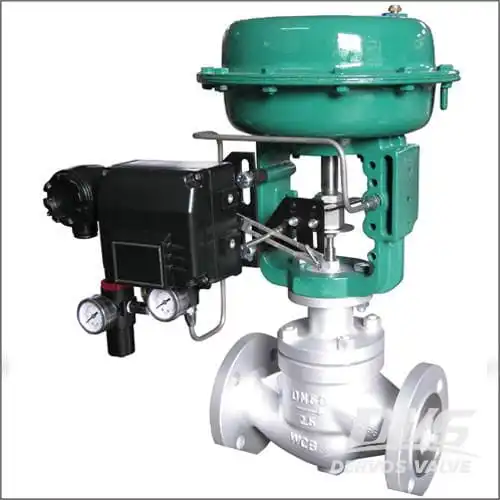Single and Double Coil Solenoid Valves
The general rule of thumb is that a single coil solenoid valve is specified for slide gates and a double coil solenoid valve is specified for diverter valves. When a single coil solenoid valve is connected to a slide gate, it is plumbed to open the slide gate when the solenoid valve is energized and close it when de-energized. The advantage of doing this is that the slide gate will close upon loss of electrical power. This is called “fail closed”.
With a double coil solenoid, a momentary electrical signal is required to reposition the blade. The blade stays in the last position until the opposite coil is energized with another signal. In case of power loss, the blade stays where it is. This is called “fail last position”, which maintains the direction of the material flow.
Air Flow is Crucial in Delivering the Best Performance.
Each solenoid is rated for flow in liters per minute or by a flow coefficient (Cv) or flow factor (Kv). The rated airflow of the solenoid valve must meet the bulk handling valve manufacturer's requirements of air demand to the air cylinder. If purchasing solenoids locally, make sure the air flow and other ratings are a perfect match to the solenoid specified by the valve manufacturer. Using a lower flow solenoid valve will cause performance problems such as chattering and slow actuation of the blade.
Solenoid valves are available in a number of environmental ratings to match system requirements. In North America, UL listings and NEMA ratings must be considered for the solenoid valve coils to ensure that the solenoid valve is appropriate for the environment in which it will be used. In the European Union, ATEX must be considered for both the solenoid valve body and the coils when used in hazardous locations. In other locations throughout the world, internationally accepted ratings such as IECEx may apply or country-specific ratings such as GOST-R may be required. Ingress Protection (IP), the degree of protection provided against the intrusion of dust and water, is an additional rating to consider.

